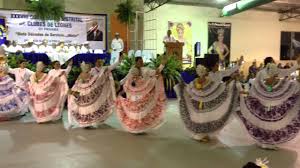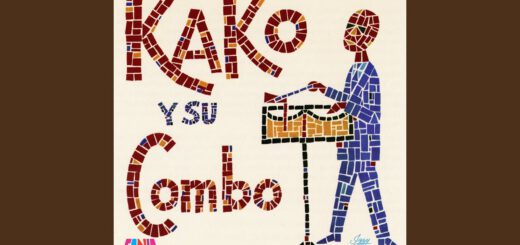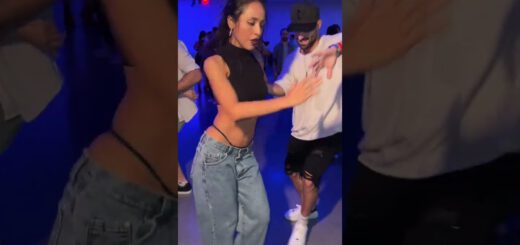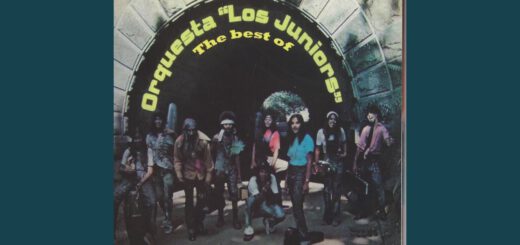The History of Bachata
Bachata which literally means « party » is a dance and music style from the Dominican Republic often centered around subjects of heartbreak, romance, and loss. Equivalent to the Blues in the U.S., thematic similarities and resolution are prevalent such as loss of a love and looking for ones self at the bottom of the bottle. The main melody is predominantly played by an electric guitar, which plucks out an eight note pattern. Bachata has had much success in clubs in the last decade.
This music form had a rough and « nefarious » history. Born in the brothels and bars of the lower class, Bachata shares a common ancestry to Merengue. Conversely, while the Trujillo dictatorship in the Dominican Republic, was responsible for the overwhelming success of Merengue, the government was also responsible for the censorship, denigration, and almost extinction of Bachata. Trujillo himself felt Bachata was a backwards, lower art form for country-people unfit to embolster his nation. After the Trujillo dictatorship ended, censorship feel away and bachata started to flourish again. Yet high society still resisted its influence; branding bachata as unfit and immoral for society. Irregardless Bachata was still popular amongst the countryside even as Merengue became highlighted as the Official Music of the country.
Eventually Bachata permeated through the socio-political barriers and is now a popular music style from the Dominican Republic. Pioneers like Luis Vargas and Antony Santos were part of the first generation of pop stars for bachata. One of the most popular songs in the style of Bachat is Aventura’s single « Obsesion », which has had worldwide success.
The dance, by the same name, which accompanies Bachata music is composed of 4 steps with a tap or pop on the 4th beat. The motion is from side to side with both a closed and open frame (handhold). The proximity of the partners follows the idea that they are « brushing belt buckles ». This can be a much more intimate dance, and unfortunately has sometimes received a reputation of being « just grinding ». The nature of the dance cause some gyrating motions yet the natural movements of your hips should not be confused with or compared to « grinding ». In fact your hips should move in unison, i.e. no grinding, which comes from opposing motion. Cuban Hip Motion, the underlying technique in this dance, is all about shifting your weight by bending and straightening your knee such that your hip naturally pops. The movement does not come from a focused attempt at popping ones hip from side to side.
The basic step, starts with partners facing each other. The leader extends his left hand holding the followers right hand and completes the frame by placing his right hand on the followers back, the follower then drapes her hand on his shoulder. This is the known as the frame (for most latin dances). The couple mirrors each others footwork as such this explanation will come from the leaders point of view.
The leader steps to his left on 1. On the 2 the leader brings his right foot to meet his left foot. On 3 the leader steps to the left with his left foot. On the 4 the leader taps his right foot next to his left foot. Next the leader steps to his right on 5. On the 6 the leader brings his left foot to meet his right foot. On 7 the leader steps to the right with his right foot. On the 8 the leader taps his left foot next to his right foot.
Three things to remember:
1) The follower mirrors the leader’s footwork during these steps.
2) There is no crossing of the legs during the basic, traditionally.
3) Remember to get close « Brushing Belt Buckles »; arms length apart is too far away.

























